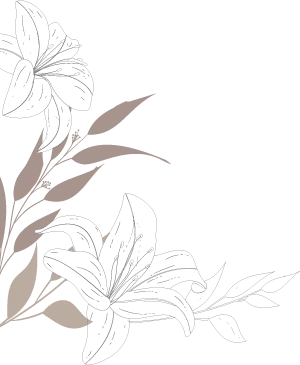Indian fashion has come a long way in the past few decades. We have tried every type of fashion known to man, and then some. Even our workplace has seen a revamp in colour and trends regularly. People have ensured that with the changing times there would be an air of freshness in their daily life.
The evolution of office fashion makes sense. Since most working adults spend half of their days in their business and conference rooms, it would make sense that one would like to look the best. When it comes to office fashion, what you wear is certainly important as is your own style and comfort.
Fashion Under Restrictions and Codes
Companies still want their employees to follow a code when dressing with style. A person’s attire provides a visual image and conveys a message to every one of their professionalism. You never know when you will have to meet someone from outside your company or even a client. Your image to this outsider will represent the image of your company.
And fashion in the office has evolved around these rules and codes. People have found a way to look stylish despite the restrictions of companies, the work environment, and in many cases, the clients. We can see the transition to different styles looking back at the decades.
Here is how fashion has evolved in office over the years:
The Minimalism
Minimalism was a movement of the 1960s where everything was simple and functional. Our fashion reflected that as well. Toned down colours like cyan were in trend, while men wore shirts and pants to reflect the era.
The Bold Colours
The arrival of the 1970s brought along our desire to show our boldness. Gone were the easy colours, and out came our desire to express rebelliousness and revolution. Some women adopted the pantsuit as their symbol for freedom and equality.
The Formal Attire
Formal suits and blazers became the norm after the 1970s. People were starting to westernise their attire to match what they had seen on screen from celebrities. The ties grew wider, and the colours dimmed down.
The Ethnic Boom
The trend of salwar and sarees caught on for women. Their increasing presence in the workforce meant that their fashion choices reflected their ethnicity and cultural identity.
The Muted Decade
The modern workforce is divided in their choice of fashion. With many companies adopting a casual outlook to dressing, people have started on the path of smart casual to capture the best of both worlds. On the other hand, women have started to dress up in bold colours to return to the rebellious times.
Fashion will always evolve by adopting the culture and nuances of life and liberty. More often, it is the ideas that give birth to revolution, and the fashion industry is full of them. You experience gradual progress and shape yourself with it.
Need of Fresh Faces in Fashion
Indian fashion is influenced by more than the experts of the industry. It is more often the fresh ideas brought in by new minds that give fashion its revamp. That is why the industry respects institutes like INIFD Kothrud that gives talented individuals opportunities to grow into successful designers.
As an alumnus of the institute, I was backed by the teachers in writing a blog and voicing my opinion. They ensured that I was confident in everything I was doing. Their role went beyond what most consider an education. They were mentors.
Having the support of teachers as well as an institute gives you the boost you will need for success. That is a reason for you to choose the right institute if you are into fashion. You will learn more from the people than from any book.
Become the next force of change in fashion with confidence and knowledge. Choose the right path you need to become an excellent designer or blogger with the best institute!



